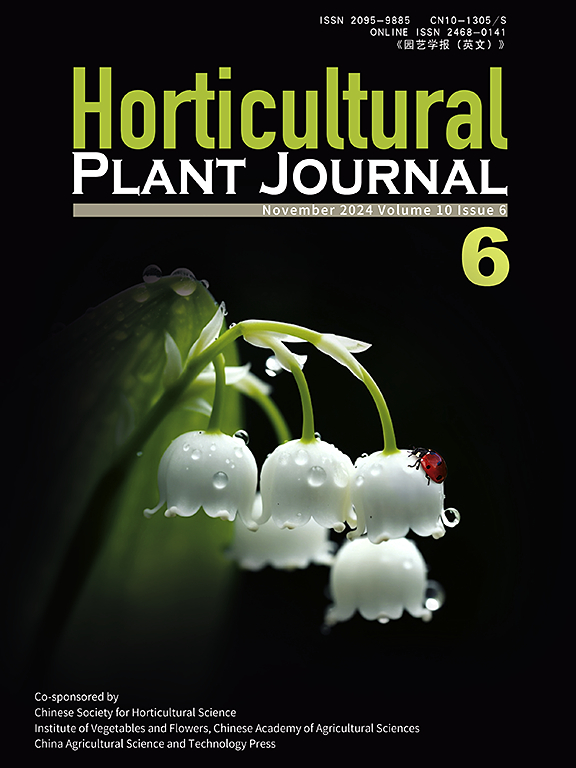纳米技术在植物组织培养中的应用综述
IF 6.2
1区 农林科学
Q1 HORTICULTURE
引用次数: 0
摘要
植物组织培养是一种有效繁殖和保护濒危植物的先进生物技术。这种方法能够在受控的无菌实验室条件下(体外)快速生产基因相同的植物。它的应用范围包括林业、园艺,以及至关重要的植物育种。纳米颗粒已经成为解决传统植物组织培养局限性的创新工具,基于其独特的物理化学性质提供了多种功能。本文综述了纳米技术在提高植物组织培养各方面的应用。纳米粒子,如银和氧化锌,已经证明了作为抗菌剂和抗褐变剂的重要作用。它们还可以作为激发子,刺激愈伤组织增殖、根伸长、快速芽形成,并大规模地增强生物活性化合物的产生。此外,纳米颗粒有助于减轻细胞内的氧化应激,从而促进愈伤组织的形成,延长根,并提高次生代谢物的产生。它们的影响延伸到植物组织培养中的体细胞无性系变异和遗传转化过程。这些贡献共同强调了纳米颗粒在体外培养中促进更有效、可持续和可扩展的生物技术解决方案的潜力。其影响延伸到减少资源依赖和减轻环境影响,将纳米技术定位为可持续植物生物技术的变革方法。本文章由计算机程序翻译,如有差异,请以英文原文为准。
Nanotechnology in plant tissue culture: A review
Plant tissue culture represents an advanced biotechnological technique for propagating and conserving threatened plant species efficiently. This method enables the rapid production of genetically identical plants under controlled sterile laboratory conditions (in vitro ). Its applications span forestry, horticulture, and, crucially, plant breeding. Nanoparticles have emerged as innovative tools to address limitations in conventional plant tissue culture, offering diverse functionalities based on their unique physicochemical properties. This review focuses on the utilization of nanotechnology in enhancing various aspects of plant tissue culture. Nanoparticles, such as silver and zinc oxide, have demonstrated significant roles as antimicrobial agents and anti-browning agents. They also serve as elicitors, stimulating callus proliferation, root elongation, rapid shoot formation, and the enhanced production of bioactive compounds on a large scale. Furthermore, nanoparticles contribute to mitigating oxidative stress within cells, thereby promoting increased callus formation, elongated roots, and elevated production of secondary metabolites. Their influence extends to somaclonal variation and genetic transformation processes within plant tissue culture. These contributions collectively underscore the potential of nanoparticles to foster more efficient, sustainable, and scalable biotechnological solutions in in vitro culture. The implications extend to reducing resource dependency and mitigating environmental impacts, positioning nanotechnology as a transformative approach in sustainable plant biotechnology.
求助全文
通过发布文献求助,成功后即可免费获取论文全文。
去求助
来源期刊

Horticultural Plant Journal
Environmental Science-Ecology
CiteScore
9.60
自引率
14.00%
发文量
293
审稿时长
33 weeks
期刊介绍:
Horticultural Plant Journal (HPJ) is an OPEN ACCESS international journal. HPJ publishes research related to all horticultural plants, including fruits, vegetables, ornamental plants, tea plants, and medicinal plants, etc. The journal covers all aspects of horticultural crop sciences, including germplasm resources, genetics and breeding, tillage and cultivation, physiology and biochemistry, ecology, genomics, biotechnology, plant protection, postharvest processing, etc. Article types include Original research papers, Reviews, and Short communications.
 求助内容:
求助内容: 应助结果提醒方式:
应助结果提醒方式:


